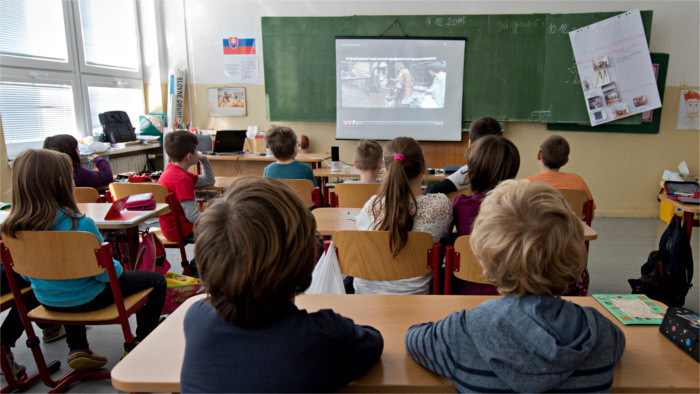According to the initiative called Learning Makes Sense launched by the MESA10 NGO, one of the major problems of Slovak education identified by their research is the limited access to early childhood education and care programmes. The research has also shown that the Slovak education system is unable to address the variety of learners' needs and interests among particular groups of children, such as the physically or mentally disabled children or Romas, who are systematically excluded from standard education. Finally yet importantly, almost half of the special needs designated children are educated in special needs schools and classes, which means that 6% of all Slovak pupils are educated separately. This figure is the worst among all the EU countries while the European average is only 1.62%.
Why is the situation so unfavourable for so many children educated in Slovakia and how could Slovak education become more inclusive?
In her story, Romana Grajcarová will try to shed some light on the issue.
Inclusive education
Máte problém s prehrávaním? Nahláste nám chybu v prehrávači.
On 16 December 2020, the Slovak ministry of education established the first individual department for inclusive education. According to the ministry's state secretary, when it comes to inclusive education, the Ministry has set several goals for 2021, including the desegregation of the education system, the inclusion of children of pre-school age as well as pupils at primary school and high school. Moreover, the Ministry is planning to anchor the term "inclusive education" in the Slovak legislation.
It seems that the Slovak education system is finally moving towards inclusion. Now it is up to people to start to be open to differences.

